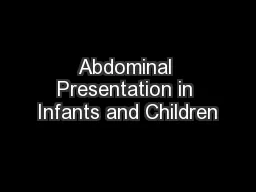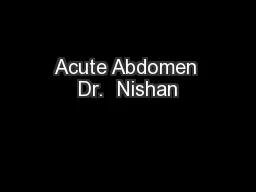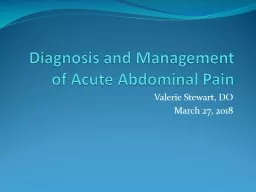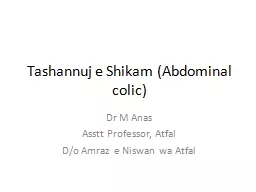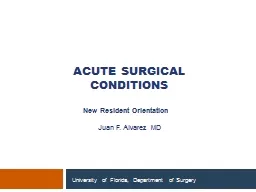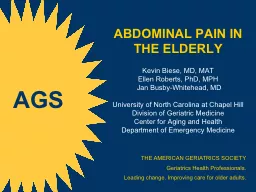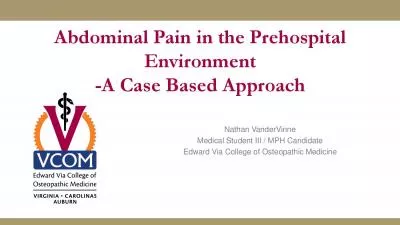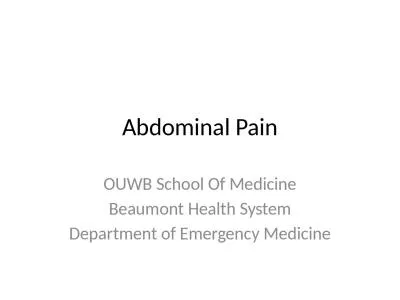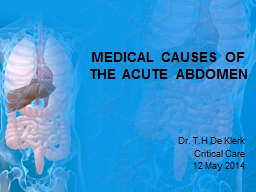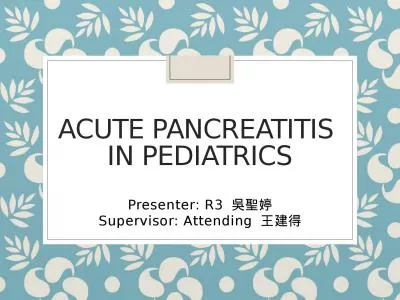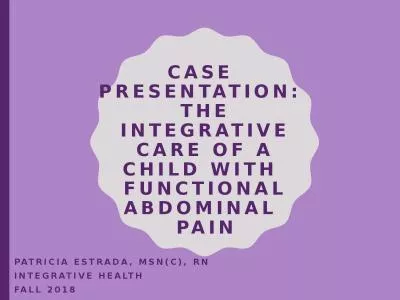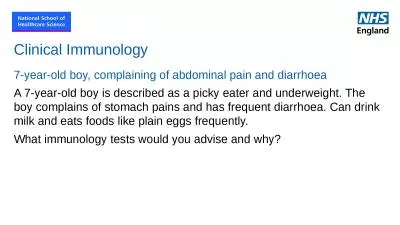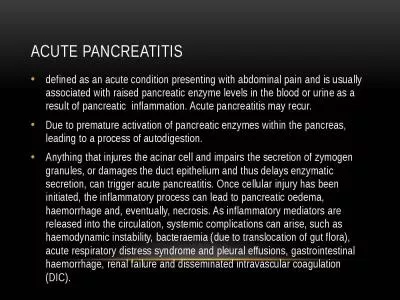PPT-Case presentation 9 year old boy child with acute abdominal pain
Author : bery | Published Date : 2024-03-13
PMHnegative Primary physical exam CBC perfect BIONL Primary sonography heterogeneus solid mass70 96mmin pelvic areasolid heterogeneus hypoechoic mass in RLQ54
Presentation Embed Code
Download Presentation
Download Presentation The PPT/PDF document "Case presentation 9 year old boy child w..." is the property of its rightful owner. Permission is granted to download and print the materials on this website for personal, non-commercial use only, and to display it on your personal computer provided you do not modify the materials and that you retain all copyright notices contained in the materials. By downloading content from our website, you accept the terms of this agreement.
Case presentation 9 year old boy child with acute abdominal pain: Transcript
Download Rules Of Document
"Case presentation 9 year old boy child with acute abdominal pain"The content belongs to its owner. You may download and print it for personal use, without modification, and keep all copyright notices. By downloading, you agree to these terms.
Related Documents


